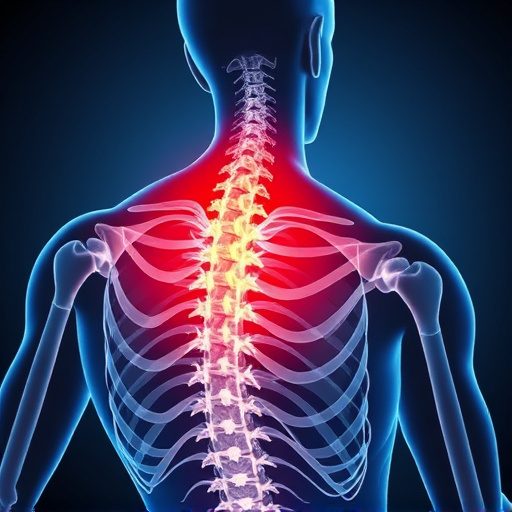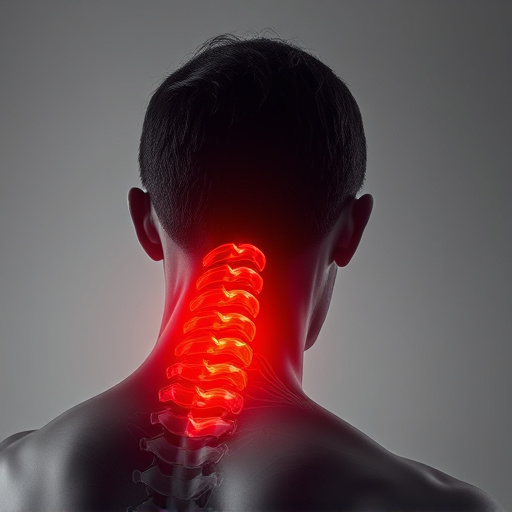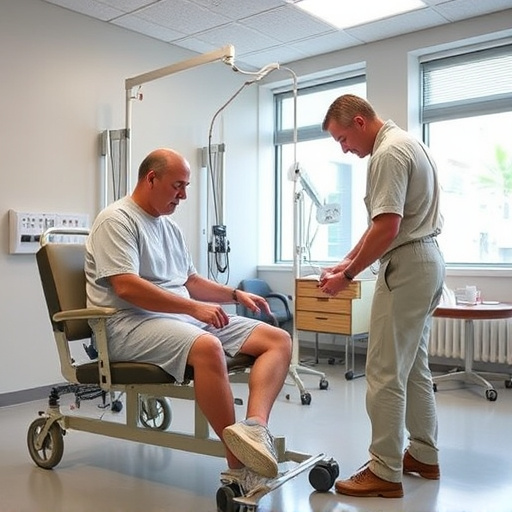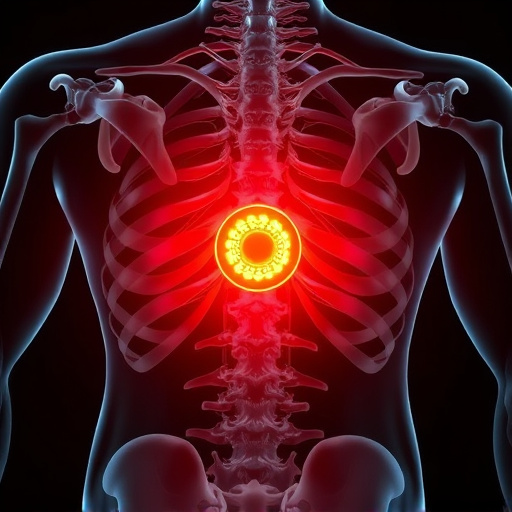An auto injury assessment is a thorough process that goes beyond initial symptoms to uncover underlying issues in motor vehicle accident injuries. It considers pain intensity, range of motion, physical limitations, and sensory disturbances, focusing on neck, back, shoulders, and limb pain. This evaluation includes physical exams, imaging tests, and specialized diagnosis techniques for conditions like whiplash, herniated discs, and fractured bones. Factors like accident severity, vehicle damage, injury type, medical history, and overall health are considered to tailor rehabilitation programs and manage chronic pain or headaches.
When assessing auto injuries, doctors meticulously evaluate various factors to ensure comprehensive care. This process involves understanding the intricate details of the incident, conducting thorough physical examinations, and interpreting diagnostic results. Key considerations include identifying visible injuries, assessing pain levels, and considering pre-existing conditions. Each element plays a crucial role in crafting tailored treatment plans, influencing recovery timelines, and overall patient outcomes in auto injury cases.
- Understanding the Components of an Auto Injury Assessment
- Physical Examination and Diagnosis Techniques Used by Doctors
- Key Factors that Influencing Treatment and Recovery Plans
Understanding the Components of an Auto Injury Assessment

An auto injury assessment is a comprehensive evaluation process that plays a pivotal role in understanding and treating injuries sustained in motor vehicle accidents. This detailed examination goes beyond surface-level symptoms to uncover underlying issues, ensuring an accurate diagnosis and effective treatment plan. The components of such an assessment are designed to capture the full extent of potential harm.
Doctors carefully consider various factors, including but not limited to, the nature and severity of pain, range of motion, physical limitations, and any sensory disturbances like numbness or tingling (often indicative of a pinched nerve). They also assess the presence and degree of neck pain, which is common in auto accidents, as well as other areas affected, such as back, shoulders, and limbs. Post-injury care begins with this thorough assessment, setting the stage for targeted interventions aimed at achieving pinched nerve relief and managing conditions like neck pain.
Physical Examination and Diagnosis Techniques Used by Doctors

During an auto injury assessment, doctors employ a comprehensive physical examination to evaluate the extent of the patient’s injuries. This includes assessing range of motion, muscle strength, and nerve function. They may also order imaging tests like X-rays or MRIs to visualize internal damage, particularly focusing on areas commonly affected in car accidents such as the spine, neck, and head.
Through a combination of specialized techniques, doctors diagnose conditions ranging from whiplash to herniated discs and fractured bones. Accurate diagnosis is crucial for determining the most effective treatment plans, including post-accident rehabilitation and strategies for managing chronic pain relief.
Key Factors that Influencing Treatment and Recovery Plans

When conducting an auto injury assessment, doctors consider several key factors that significantly influence treatment and recovery plans. The severity of the accident, including the impact force and damage to vehicles, is a primary indicator of the patient’s injuries. Additionally, the location and type of injuries play a crucial role; common auto-related injuries such as whiplash, spinal adjustments, and soft tissue damages require specific care strategies.
Other influencing factors include the patient’s medical history, pre-existing conditions, and overall health status. Chronic pain management may be necessary for patients with long-term discomfort, and shockwave therapy for pain can offer effective headache relief in some cases. Doctors also assess functional capabilities, range of motion, and the patient’s ability to perform daily activities to tailor rehabilitation programs accordingly.
An accurate auto injury assessment is vital for determining effective treatment plans, which can significantly impact recovery times. By thoroughly examining symptoms, medical history, and utilizing advanced diagnosis techniques, doctors can navigate the complexities of auto injuries. This process involves a comprehensive understanding of the body’s physical responses to trauma, considering factors like severity, location, and underlying conditions. With these insights, healthcare professionals can design tailored rehabilitation strategies, ensuring patients receive the best care possible for their specific auto injury needs.














